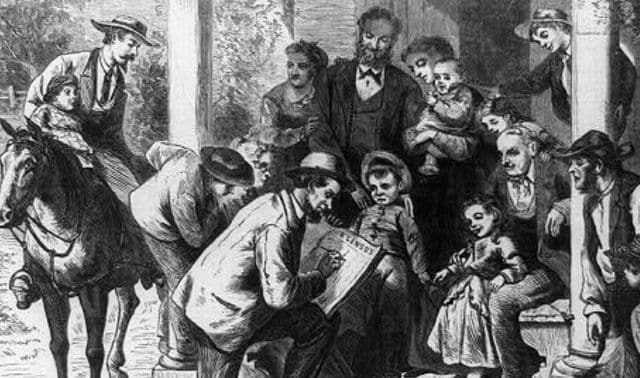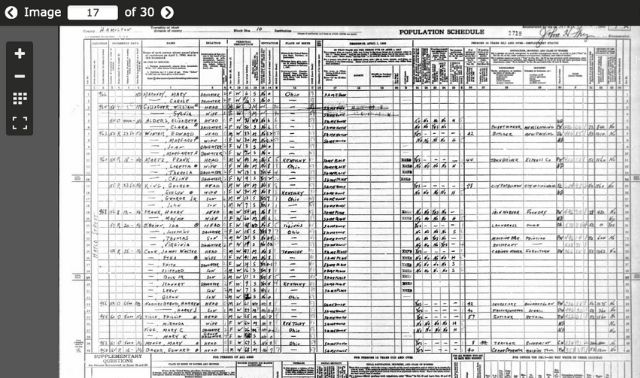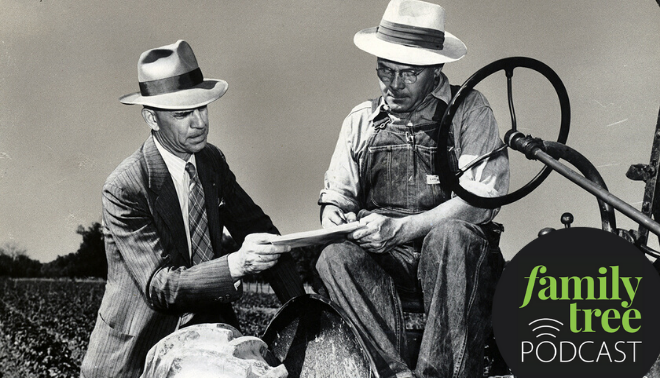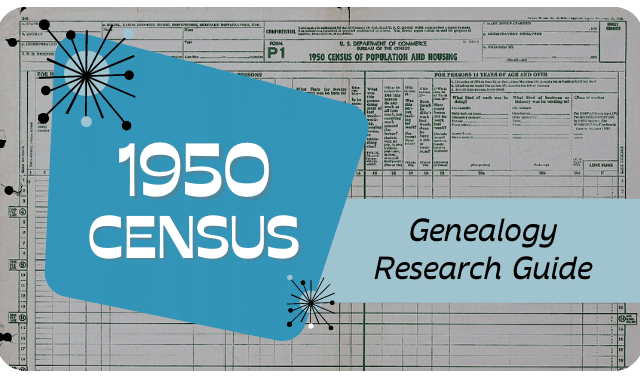
Get Your Free Genealogy Forms
"*" indicates required fields
The US federal census is the foundation of genealogical research. It’s usually the first record type you examine when beginning your family history search, and continues to be a touchstone as your research progresses.
Beginning with the first census of 1790 and continuing every 10 years (the most recent available is the 1940 census), the government created a snapshot of America on each census day. Uncle Sam not only counted the population, but gathered valuable information for historians and genealogists—names, ages, place of birth, relationships to others, migration patterns, immigration data, citizenship status, ethnic origins, military service and value of real estate or personal property.
Getting Started in the Census
You begin census research with yourself—if you were born on or before April 1, 1940. If you were born after April 1, 1940, begin with your parents or grandparents—whoever may have been living in 1940.
Your strategy for all census research should be to begin with the most current census record available for your research subject. For example, if the person you’re studying died in 1902, begin with the 1900 census. It’s tempting to look for the person listed as a child first, but researching backward one census at a time is more logical and successful for leap-frogging.
Each enumeration varied in length and content, so the information you’ll find about your ancestors will vary. With each succeeding census, the government added questions to predict the nation’s needs in education, retirement, housing and health care. Even the 1790 census, with the least amount of information, provided statistics on future military capabilities.
Here’s a quick look at how census content developed over the years:
- From 1790 through 1840, only heads of household were named and all other family members and slaves were listed statistically. Some early Spanish and British colonial censuses do name every member of the household—even slaves.
- Beginning in 1850, each household member was named with accompanying data, except slaves.
- The place of birth (state or country) of each person was first reported in 1850; this continued through 1930.
- The 1880 census was the first to identify each person’s relationship to the head of a household.
- Only the 1900 and 1920 census schedules have a Soundex index by sound of surname rather than alphabetical, which helps find names you’d miss because of misspellings.
- The year of immigration to United States is reported in the 1900 through 1930 census schedules.
Whether you want an in-depth overview of all the information that each census holds, are curious about special censuses or would like a state-by-state census chart, our free ebook Find Your Ancestors in US Census Records is here to help.
What’s inside the Find Your Ancestors in US Census Records ebook?
Get your copy of Find Your Ancestors in US Census Records for tricks, hints and hacks to unlock new federal and state census discoveries. This free ebook contains five helpful guides for leveraging the US census in your genealogy.
Guide #1: Getting More from the Census
Wouldn’t it be terrific if we could read between those handwritten lines in census records in order to answer our nagging family history questions? Learn how the US census can be your starting gate to discovering genealogy clues in other records with the four strategies outlined in this article.
Guide #2: Workbook: The US Census
Censuses are so data-rich that they’re among the first places you should look for your family history—and you should keep coming back to them. It’s difficult to absorb everything on the first pass. Revisit your ancestors in censuses to find clues you missed, interpret new finds or confirm you’re on the right track. We’ll show you what’s in census records, how to find your ancestors’ records, and how to extract every possible clue.
Guide #3: Master the Census
Genealogists have a love-hate relationship with the US census. Yes, we love the reams of data those 10-years population tabulations created, but we loath the inscrutably handwritten enumeration sheets. Between census appearances, ancestors often seem to switch not just residences but birth dates, too. Names can be indecipherable or all too common (is that your James Smith or somebody else’s?). Worst, in some head counts, your ancestors simply refuse to be found at all. But with a few insider tips and tricks, you can not only find your ancestors in Uncle Sam’s enumerations, but also tease out hidden information about their lives. Try these six strategies for reading between the lines of the census.
Guide #4: Special Censuses
Sometimes you need a little extra help—a pep talk, a confidence booster, a loan, an aspirin—to deal with life’s challenges. That’s true, too, of genealogy research. When leads dry up and ancestors refuse to be found, a new resource can restore the glimmer of hope that keeps you scrolling microfilm and searching the Internet. Nine lesser-known, under-used special censuses may be just the extra help you need to fill in blanks on your family tree.
Guide #5: State-by-State Census Chart
Not every state started taking part in the federal census at the same time. Because states were incorporated into the United States at different times throughout history, the year of first federal census enumeration can vary from 1790 all the way up to 1900 (Alaska and Hawaii). In addition, there are numerous colonial, territorial and state censuses that can be beneficial to your genealogy research. In this chart, we outline what censuses are available for every state in the Union.
Get Your Free Genealogy Forms
"*" indicates required fields




